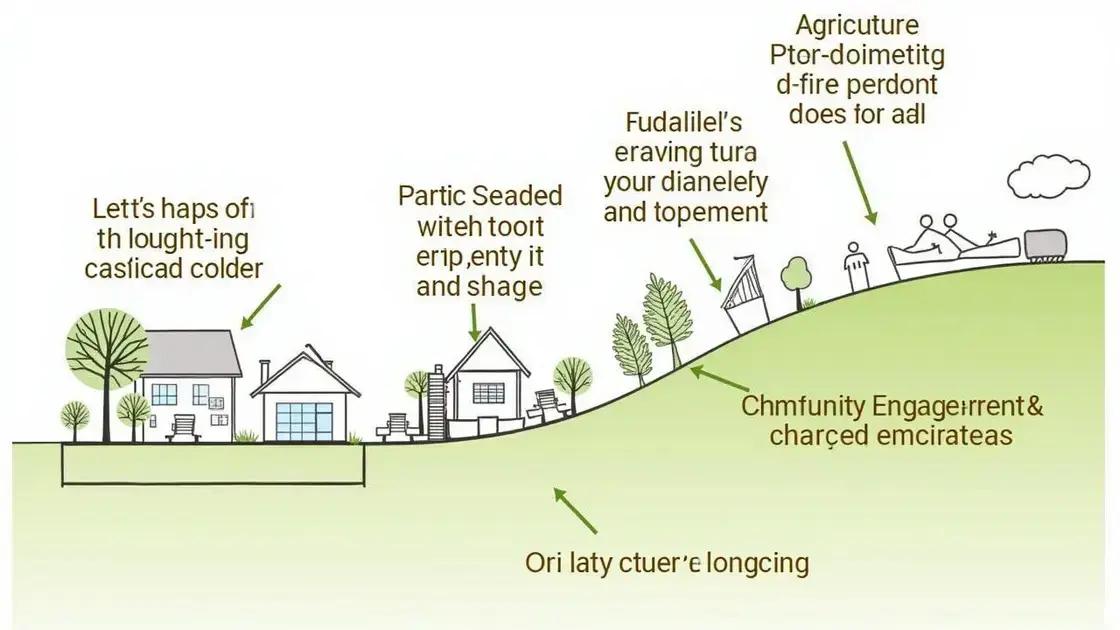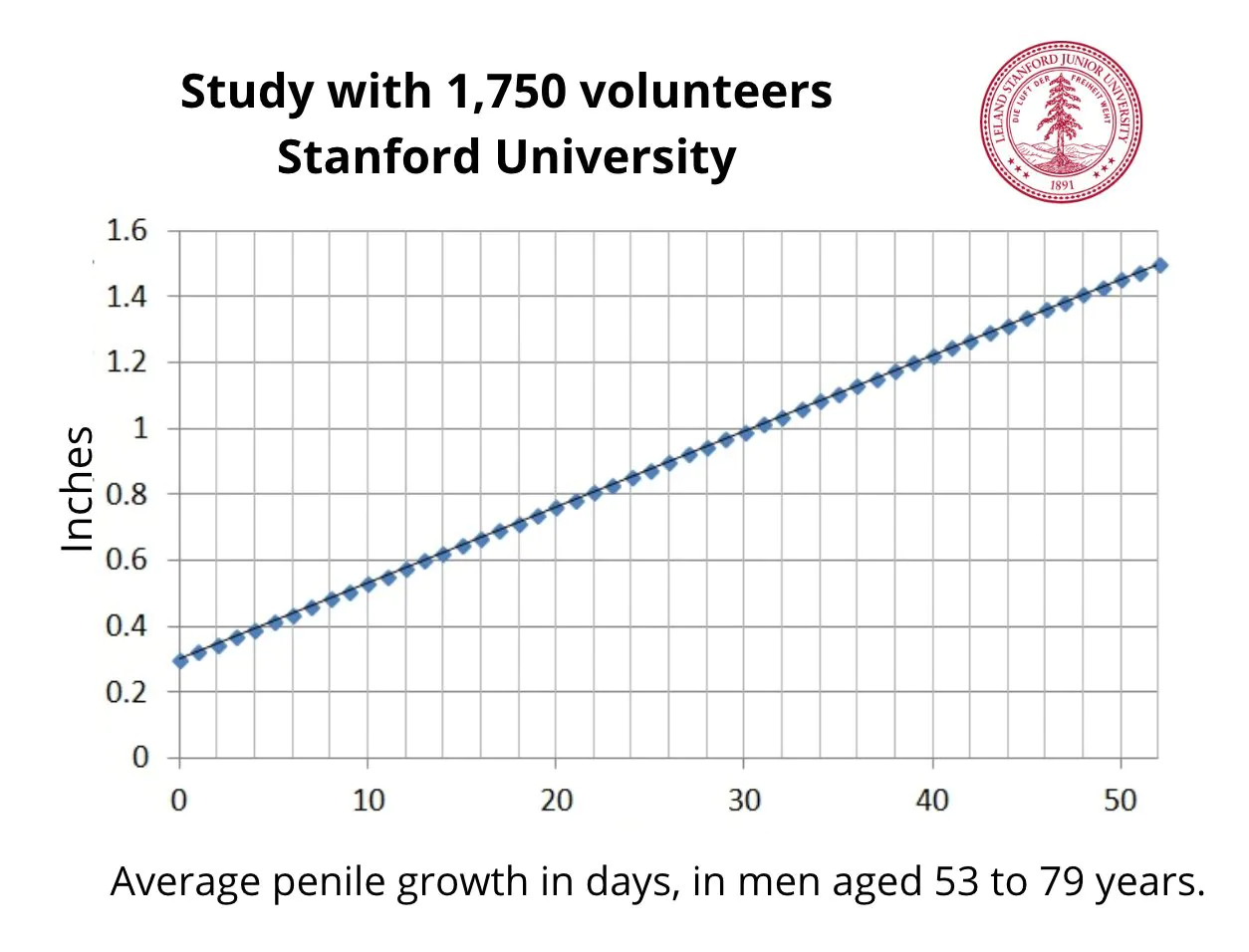The African Trick is a cost-effective solution that utilizes local resources and traditional knowledge to reduce costs while promoting sustainability and innovation across various sectors.
Many people are searching for effective ways to save money while achieving their goals. The African Trick has emerged as a popular solution that promises cost savings without compromising quality. In this article, we will delve into understanding the African Trick and analyze its cost-effectiveness, helping you decide if it’s the right choice for your needs.
Understanding the African Trick

The African Trick is a unique strategy that focuses on maximizing resources and minimizing costs. This approach has gained attention for its effectiveness in various fields, such as agriculture, education, and business. By utilizing local resources and traditional knowledge, the African Trick seeks to promote sustainability and innovation.
What is the African Trick?
The African Trick refers to a variety of techniques and solutions that are often overlooked but can lead to significant cost savings. These methods are rooted in local culture and practices, allowing communities to thrive while being resourceful.
Benefits of Understanding the African Trick
One major benefit of implementing the African Trick is its adaptability. It can be tailored to fit different contexts, making it a versatile solution. For example, in agriculture, farmers can use indigenous crops that require less water and are more resilient to local pests.
Practical Examples
In education, organizations are using the African Trick to develop low-cost teaching materials that leverage local languages and cultural references. This not only makes education more accessible but also ensures that it is relevant to the students’ lives.
Impact on Local Economies
When the African Trick is adopted, it has a positive ripple effect on local economies. By fostering innovation and leveraging local capabilities, communities can create jobs and encourage entrepreneurship. This leads to a more robust economy, as more people can participate and benefit.
Overall, understanding the African Trick can open up new avenues for cost-effective solutions across various sectors, ultimately contributing to sustainable development and enhanced quality of life in local communities.
Analyzing Cost-Effectiveness of the African Trick

Cost-effectiveness is a key factor when evaluating the African Trick. This approach often leverages local resources, leading to reduced operational costs. By using existing knowledge and materials, organizations and communities can cut expenses significantly.
Measuring Cost-Effectiveness
To analyze the cost-effectiveness of the African Trick, it is vital to look at different aspects. One important aspect is the return on investment (ROI). By investing in local methods, communities often see quicker returns compared to traditional approaches, which might require more initial funding.
Case Studies Highlighting Success
Numerous case studies show how the African Trick works in action. For example, smallholder farmers who implement this strategy report lower costs and higher yields compared to those who rely solely on expensive imported seeds and fertilizers.
Long-Term Savings
In addition to immediate savings, the African Trick promotes sustainability, which can lead to long-term savings. By utilizing native crops and traditional farming techniques, farmers reduce dependency on external resources, stabilizing their costs over time.
Community Engagement and Workforce Development
The African Trick also fosters community engagement and workforce development. When local people become actively involved in these cost-effective solutions, they invest in their skills and knowledge. This empowerment contributes to overall community growth and economic stability.
By analyzing the cost-effectiveness of the African Trick, it becomes clear that adopting such practices can lead to substantial savings and empower local communities.
Summarizing the Value of the African Trick
Understanding the African Trick reveals its immense potential as a cost-effective solution for individuals and communities alike. By leveraging local resources and traditional knowledge, significant cost savings can be achieved across various sectors.
Analyzing its cost-effectiveness demonstrates that this approach not only generates immediate benefits but also promotes sustainability and community engagement for the long term. Through practical implementations and real-world success stories, it is evident that the African Trick can empower local economies and provide innovative solutions.
As more people recognize its advantages, the African Trick stands to be a transformative strategy for those seeking effective and economical ways to address their needs.
FAQ – Frequently Asked Questions about the African Trick
What is the African Trick?
The African Trick refers to various cost-effective strategies that utilize local resources and traditional knowledge to promote sustainability.
How does the African Trick save costs?
By leveraging indigenous practices and materials, the African Trick reduces reliance on expensive imports, leading to lower operational costs.
Can you provide examples of the African Trick in action?
Yes, examples include smallholder farmers using native seeds and educational organizations creating low-cost teaching materials relevant to local communities.
How do I analyze the cost-effectiveness of the African Trick?
Analyze cost-effectiveness by measuring return on investment (ROI) and evaluating both immediate savings and long-term benefits.
What impact does the African Trick have on local economies?
The African Trick fosters local engagement and entrepreneurship, contributing to economic stability and job creation within communities.
Is the African Trick sustainable?
Yes, the African Trick promotes sustainable practices that protect resources while enhancing economic opportunities for future generations.












